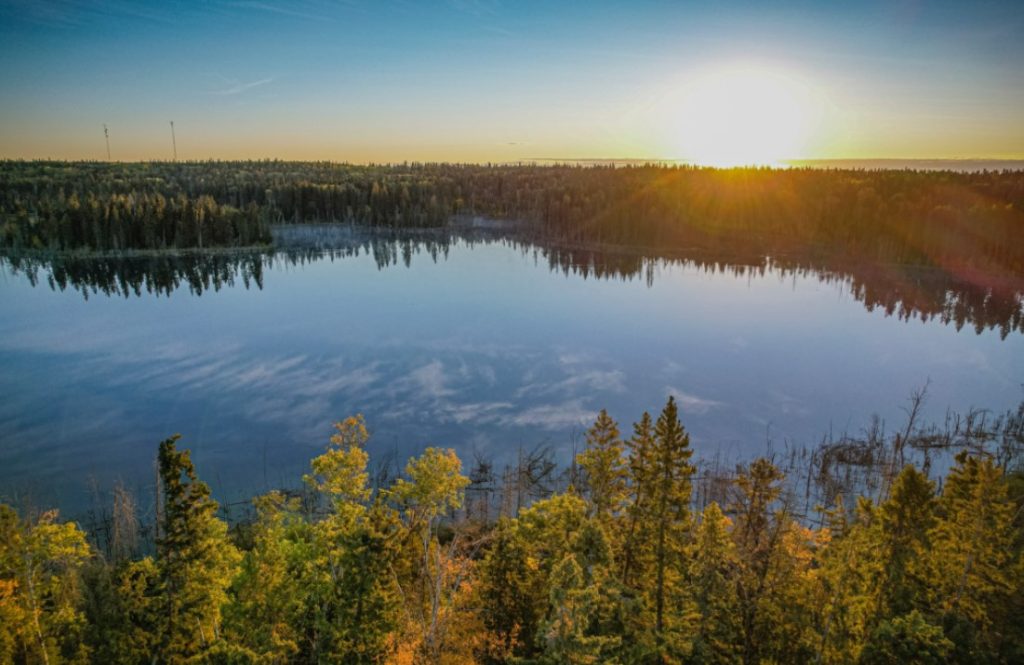Bedford Metals to launch phase I exploration for Close Lake, Saskatchewan

Bedford Metals Corp. [TSXV-BFM; OTC-URGYF; FWB-08D] has planned its 2024 phase I field program for the Close Lake uranium project, located on the west side of the Athabasca basin, Saskatchewan.
Results from this program will be integrated with historical data sets to further enhance the data set for the project. The phase I exploration program will include a comprehensive radon gas survey over the identified helium blooms (He1 and He2) as well as a 1,000-metre hematite anomaly detected through VNIR (visible near-field infrared) and SWIR (short-wave infrared) satellite investigations. Radon gas, like helium, is a decay product of uranium and serves as a pathfinder element for uranium.
The program will be executed in two stages. The initial stage involves deploying gas cups to collect radon gas. In the subsequent recovery stage, the cups will be collected and analyzed. This survey aims to prioritize and refine the exploration targets at Close Lake, setting the stage for subsequent diamond drilling.
Dr. Peter Born, President of Bedford and Qualified Person, commented: “We are excited to commence the phase I exploration program at Close Lake. The radon gas survey will provide us with critical data to better understand the subsurface uranium potential and refine our drilling targets. This program underscores our commitment to leveraging advanced exploration techniques to unlock the full potential of our projects.”
This exploration program at Close Lake will build on the company’s other initiatives to advance its uranium projects. By integrating the radon gas survey data with existing data sets, Bedford aims to enhance its understanding of the project area and move closer to a significant uranium discovery.
The Close Lake uranium project adjoins claims held by Cameco Corp. The claim is approximately 245 hectares and lies within the primary exploration corridor, which hosts the Keys Lake mine, the Cigar Lake mine and the McArthur River mine. Access to the property is done through a network of roads and trails.
The company’s Ubiquity Lake uranium project, covering 1,382 hectares, lies just south of the bottom lip of the Athabasca basin, adjacent to ALX Uranium’s Carpenter Lake project to the east. Situated near the Cable Bay shear zone, parallel to the Virgin River shear zone, which hosts Cameco’s Centennial uranium deposit, the project holds immense potential. Furthermore, it is located 100 km west of Cameco’s past-producing Key Lake uranium mine, underscoring the strategic significance of its location.
The Sheppard Lake uranium project covers an area of approximately 2,250 hectares and adjoins the Ubiquity Lake project to the southeast. The project area is characterized by rocks of the Mudjatik domain, where uranium mineralization is typically basement hosted, situated within shears or faults, and formed through hydrothermal redistributions of dissolved metals and subsequent redox reactions.
